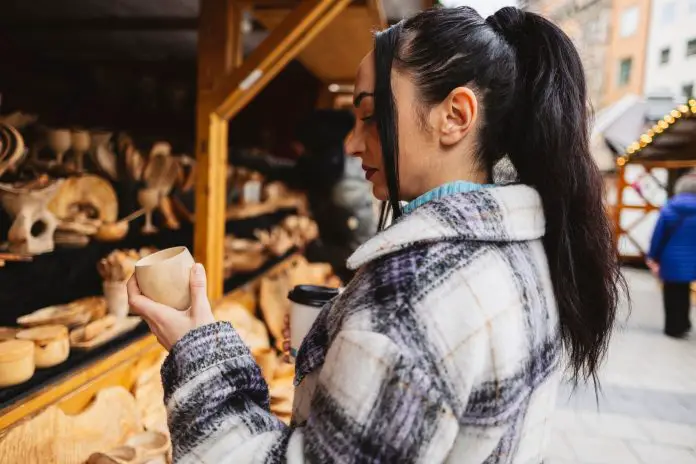Key Takeaways
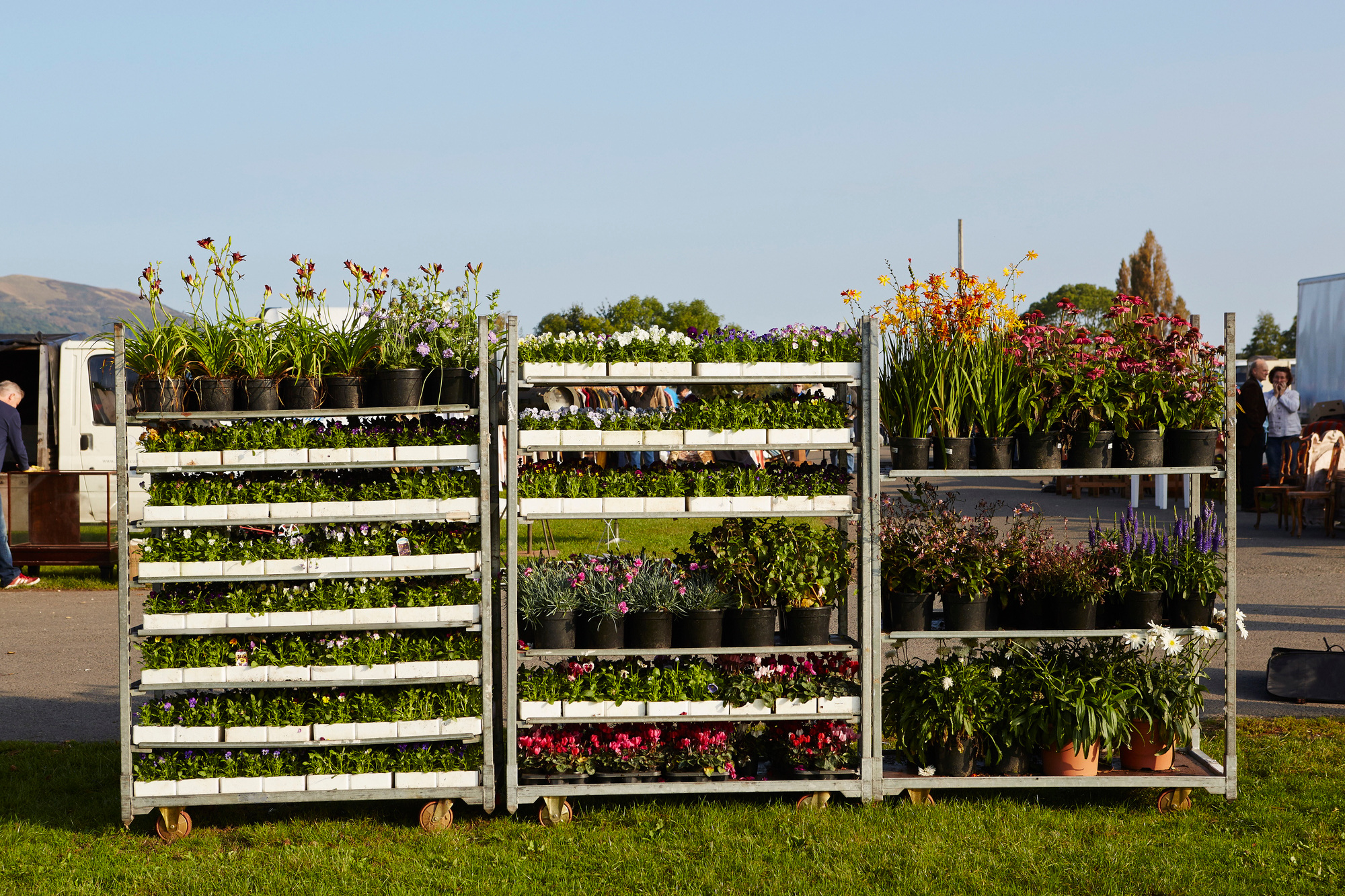
- In-Demand Products: Vintage clothing, handmade crafts, home décor items, and collectibles are among the top-selling categories at flea markets that attract diverse customer interest.
- Effective Pricing: Understanding market value and setting competitive prices are crucial for sales. Prices should reflect the item’s condition, rarity, and the overall market dynamics.
- Presentation Matters: An attractive and organized display is essential for grabbing customer attention. Use decorative tables, colorful signage, and effective lighting to enhance visual appeal.
- Customer Engagement: Building relationships with customers through warm greetings, engaging conversations, and demonstrations can foster trust and encourage repeat visits.
- Seasonal Trends: Stay aware of seasonal demand and customer preferences, as they can significantly impact sales at flea markets. Adjust your offerings accordingly to maximize interest.
- Community Building: Creating a welcoming atmosphere not only enhances the flea market experience but also establishes a strong community connection, leading to increased word-of-mouth referrals and repeat business.
Flea markets are treasure troves waiting to be explored, offering a unique blend of nostalgia and novelty. If you’re considering diving into this vibrant marketplace, knowing what sells can be your secret weapon. From vintage collectibles to handmade crafts, the right products can turn a casual booth into a bustling business.
Overview of Flea Markets
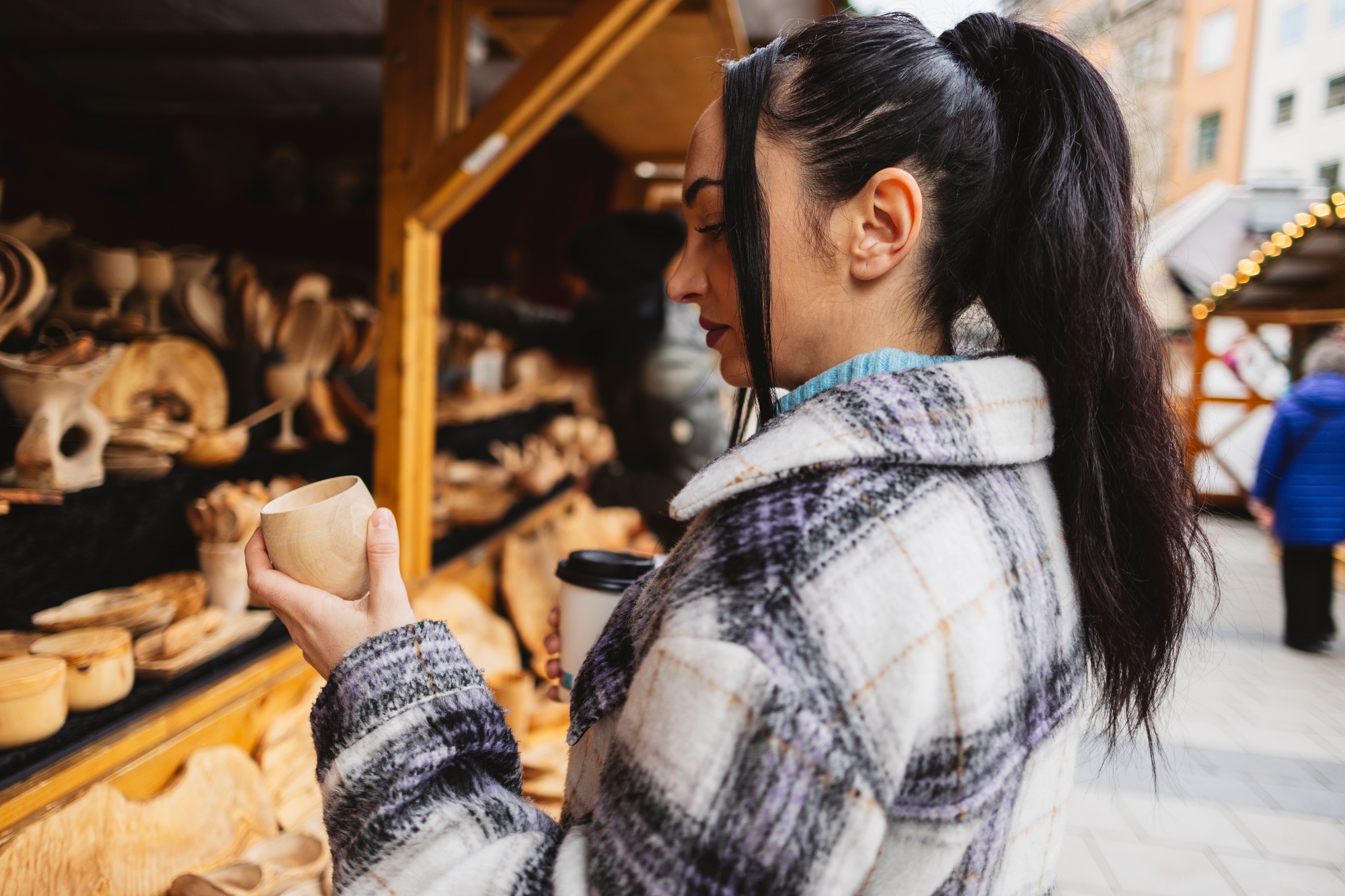
Flea markets serve as vibrant retail environments where small businesses thrive. These markets attract diverse crowds seeking unique items, including vintage collectibles, handmade crafts, and local art. Sales depend on a variety of factors, such as location, customer preferences, and seasonal trends.
You can benefit from understanding what sells well at flea markets. Items like furniture, home decor, and vintage clothing often generate significant interest. Additionally, handcrafted goods appeal to customers looking for one-of-a-kind pieces. Pricing items appropriately and showcasing them effectively also plays a vital role in attracting buyers.
Engaging with customers fosters a sense of community, enhancing the overall market experience. Small businesses that build relationships can often enjoy repeat sales and word-of-mouth referrals. By curating a selection of popular products and maintaining a welcoming atmosphere, you can stand out in the competitive flea market landscape.
Popular Categories
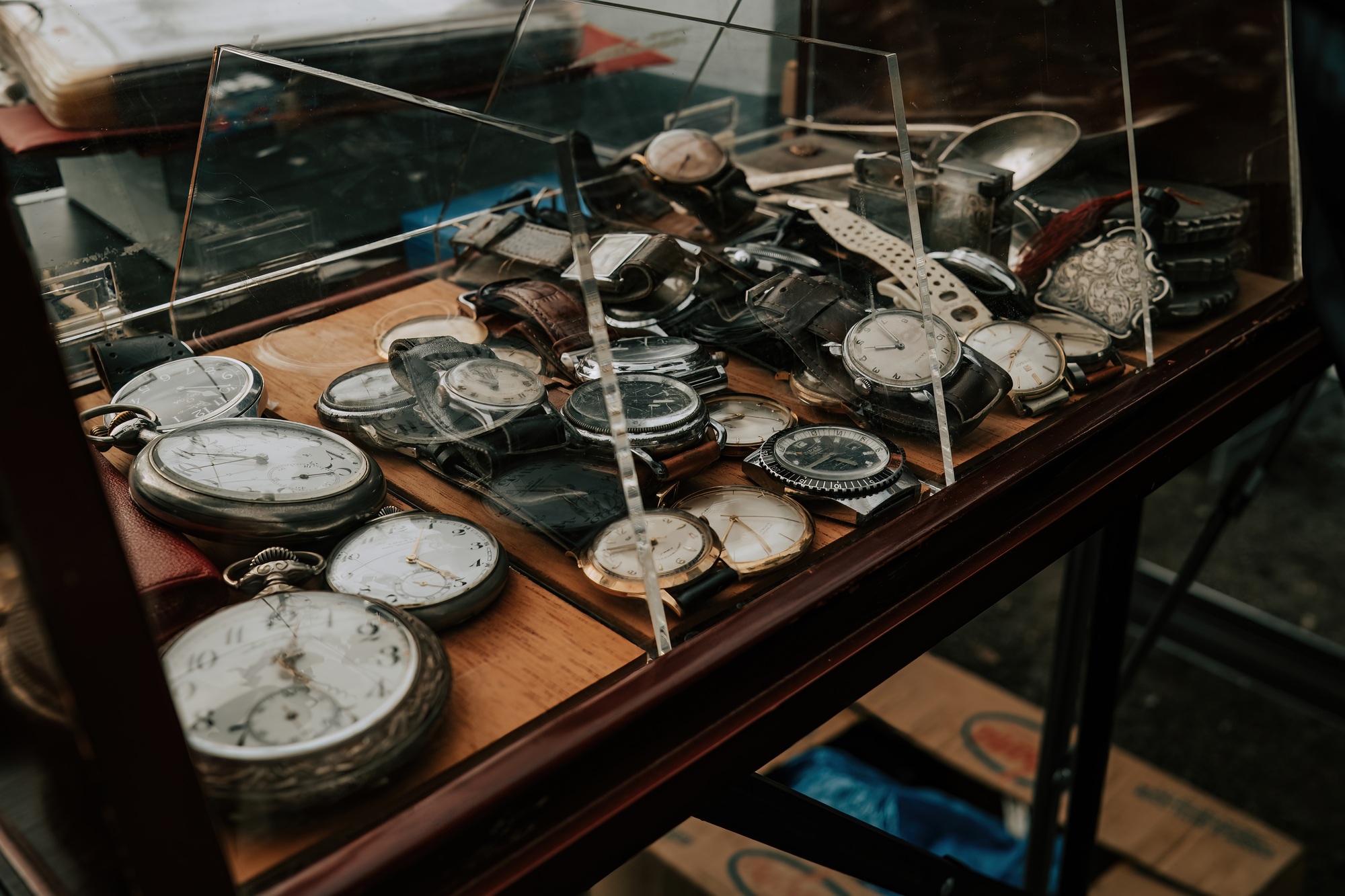
Identifying popular categories can enhance your small business at flea markets. Focusing on specific items can capture customer interest and increase sales.
Vintage Clothing
Vintage clothing stands out in flea markets due to its unique styles and sustainable appeal. Key items that attract buyers include:
- Unique pieces from various eras, offering distinct looks[1][2].
- Preferred fabrics like cotton, silk, leather, suede, and velvet, emphasizing the importance of condition when selling such items.
- Classic items, particularly leather jackets, Levi’s jeans, and cotton dresses, which maintain strong demand[2].
Sourcing vintage clothing from thrift shops, estate sales, and personal collections proves effective. Presenting these items neatly while highlighting their historical significance boosts customer interest.
Home Décor Items
Home décor items appeal to customers’ desire for unique charm at budget-friendly prices. Consider the following categories for your small business:
- Handmade household items, which offer a personal touch and resonate well with buyers looking for originality.
- Vintage home accents that enhance aesthetics and fit various styles, capturing a wide audience.
- Repurposed items that attract environmentally conscious consumers while adding character to spaces.
Showcasing these products creatively can draw customers to your booth.
Collectibles and Antiques
Collectibles and antiques provide richness and nostalgia, making them appealing to a diverse clientele. Consider:
- Vintage toys, which evoke childhood memories and capture collector interest.
- Antique household objects that resonate with those valuing craftsmanship and history.
- Rare items from specific eras, highly sought after by avid collectors and enthusiasts.
Promoting these items effectively can elevate your small business presence at flea markets.
Pricing Strategies

Effective pricing strategies play a crucial role in your small business’s success at flea markets. Understanding market dynamics and setting competitive prices help attract customers and optimize sales.
Understanding Market Value
You must assess the market value of your items to price them effectively. Research similar products sold at flea markets or online marketplaces to gauge pricing trends. Consider factors like item condition and rarity, as these influence perceived value. For example, a vintage piece in excellent condition commands a higher price than a worn alternative. Aligning your prices with market values ensures your products remain appealing to potential buyers.
Setting Competitive Prices
You should set competitive prices to draw in customers while maintaining profitability. Aim for a pricing strategy that includes a markup reflecting your costs, creativity, and time. Consider price anchoring by showcasing higher-priced items alongside mid-range pieces to highlight value. Offering bundle deals can also entice customers, encouraging higher sales volumes. For instance, pricing handmade crafts around $10 to $50 can capture interest while remaining affordable. Regularly adjust prices based on sales data and market trends to keep your offerings relevant and enticing.
Tips for Successful Selling
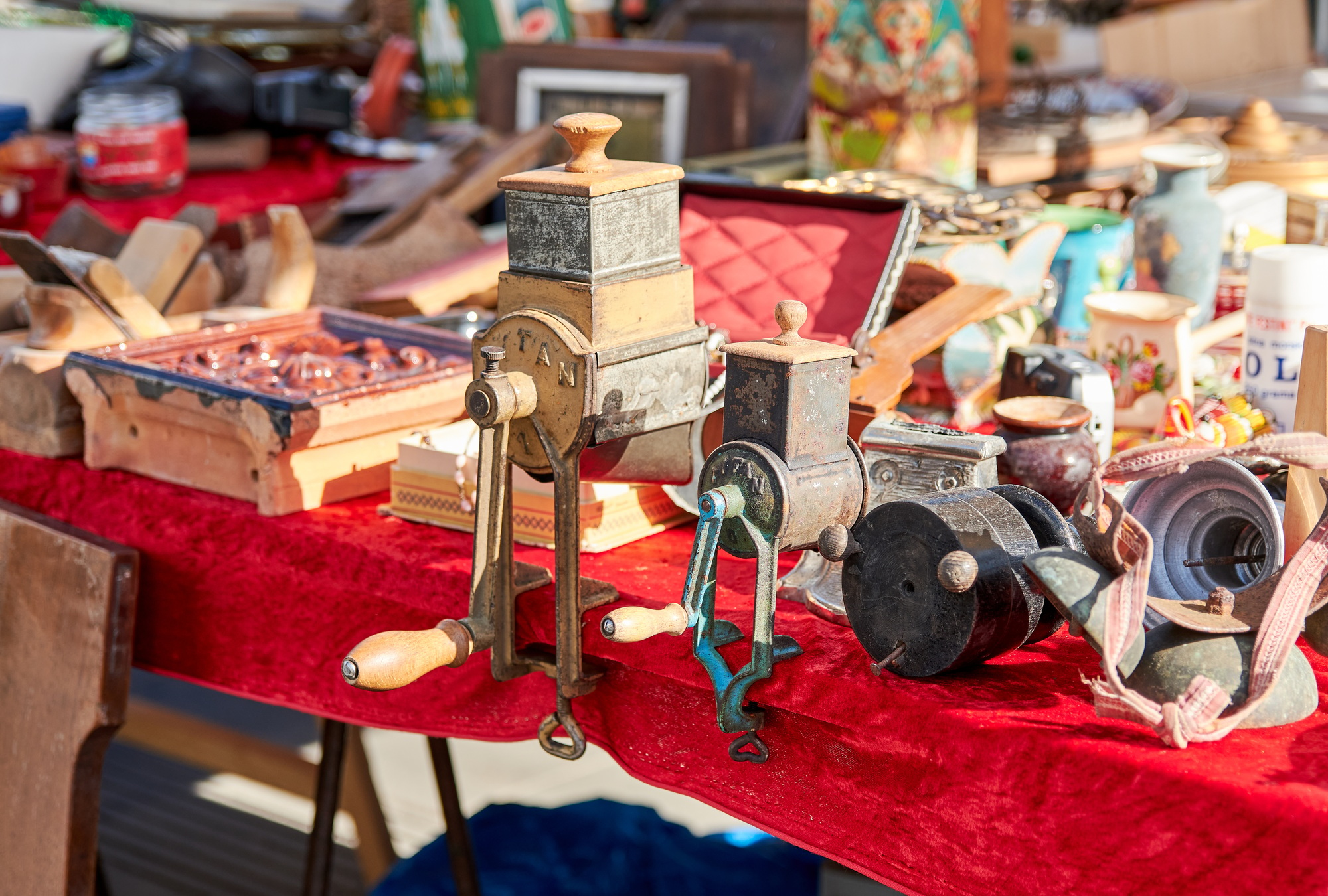
Successful selling at flea markets hinges on effective engagement and presentation. Implementing specific strategies can significantly enhance your small business’s performance.
Presentation and Display
Display items attractively to grab customer attention. Use clean, organized layouts that highlight key products, ensuring everything is neatly presented. Utilize decorative tables and colorful signage to create an inviting atmosphere. Arrange goods by category or theme, with popular items in prominent positions. Effective lighting can also enhance visual appeal. Showcase items’ uniqueness by using props or backdrops that complement your products. A well-thought-out display draws in customers and encourages purchases.
Engaging with Customers
Engagement fosters a positive shopping experience and builds relationships with potential buyers. Greet customers warmly as they approach your booth, offering them a friendly smile. Start conversations about your products, asking questions about their interests to create a connection. Listen actively, responding to any inquiries and providing additional details about your items. Consider offering demonstrations for handmade crafts or unique collectibles, showcasing their features and history. Building rapport encourages trust in your small business, increasing the likelihood of repeat visits and referrals. An engaging atmosphere makes shopping enjoyable, benefiting your overall sales.
Conclusion

Flea markets offer a unique opportunity for small businesses to thrive by tapping into the demand for distinctive items. By focusing on popular categories like vintage clothing and handmade home décor you can attract a diverse customer base. Remember that effective pricing and presentation are essential in creating an inviting atmosphere that encourages sales.
Engaging with customers not only enhances their shopping experience but also builds lasting relationships that can lead to repeat business. By curating a well-selected inventory and maintaining a welcoming environment you can stand out among the competition and enjoy the rewards of your hard work. Embrace the vibrant spirit of flea markets and watch your sales flourish.
Frequently Asked Questions
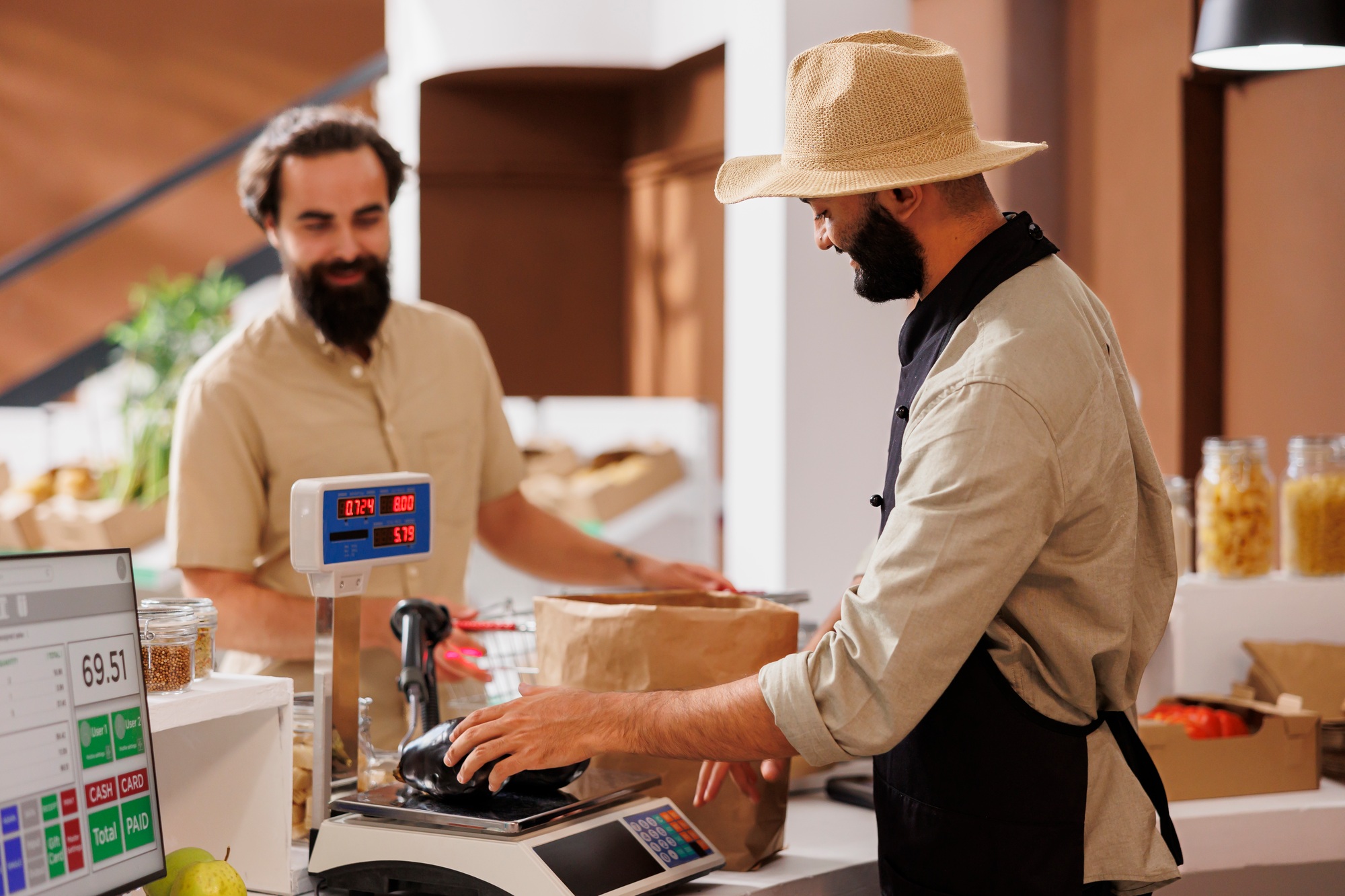
What makes flea markets appealing for small businesses?
Flea markets offer vibrant environments filled with unique and nostalgic items, allowing small businesses to thrive. Their casual atmosphere attracts diverse customer bases, while vendors can showcase creative products, fostering a sense of community and encouraging repeat sales.
What products sell well at flea markets?
Popular products include vintage collectibles, handmade crafts, home decor, furniture, and vintage clothing. Items like leather jackets and unique decorative pieces resonate with shoppers seeking originality and affordable options, making them ideal for vendors.
How should vendors price their items?
Vendors should research market dynamics and similar products to set competitive prices. It’s crucial to consider item condition and rarity while ensuring prices reflect costs while being attractive to buyers. Strategies like bundle deals can also enhance sales.
What are effective selling tips for flea market vendors?
Successful selling involves creating an inviting atmosphere with attractive displays, warm greetings, and active customer engagement. Organizing items by category and using effective lighting can further enhance the shopping experience and encourage purchases.
How can vendors attract repeat customers?
Building relationships through engaging interactions fosters community spirit, which encourages repeat visits. Consistently providing quality products, maintaining a welcoming atmosphere, and actively listening to customers can lead to word-of-mouth referrals and loyalty.
Image Via Envato: DC_Studio, Visual__Production, anelehbakota, Image-Source, Kohanova, josecarloscerdeno, Mint_Images


